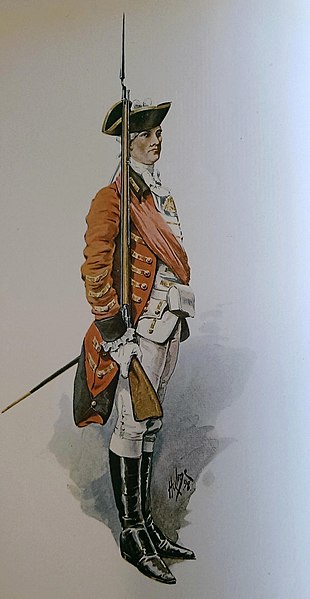Militia and Volunteers of Northumberland
The Militia and Volunteers of Northumberland are those military units raised in the county independently of the regular Army. The "modern" militia dates from legislation enacted during the Seven Years' War. The volunteers had several forms and separate periods of existence until made a permanent body in 1859.
Officer's Shako of the Northumberland Light Infantry Militia 1855–1861. From the Royal Northumberland Fusiliers Museum, Alnwick Castle.
Service helmet of an officer of the 1st Volunteer Battalion Northumberland Fusiliers 1883–1893. From the Royal Northumberland Fusiliers museum, Alnwick Castle
Mannequin in the uniform of a Sergeant Major of the Percy Tenantry Volunteers. From the Percy Tenantry museum, Alnwick Castle.
The British Militia was the principal military reserve force of the Kingdom of Great Britain. Militia units were repeatedly raised in Great Britain during the Georgian era for internal security duties and to defend against external invasions. The Militia Act 1757, passed by the Parliament of Great Britain after the outbreak of the Seven Years' War, led to the rapid expansion of the British Militia in order to defend from potential French invasions. In the Kingdom of Ireland, a client state of Great Britain, the equivalent force was the Irish Militia, which saw heavy service in the Irish Rebellion of 1798 alongside British militia units. The existence of militia units in Great Britain and Ireland played an important role in freeing regular troops from the British and Irish establishments for overseas service.
Members of the Norfolk Militia undergoing musket training in 1759
An officer of the Norfolk Militia in 1759
John Campbell, 4th Duke of Argyll






